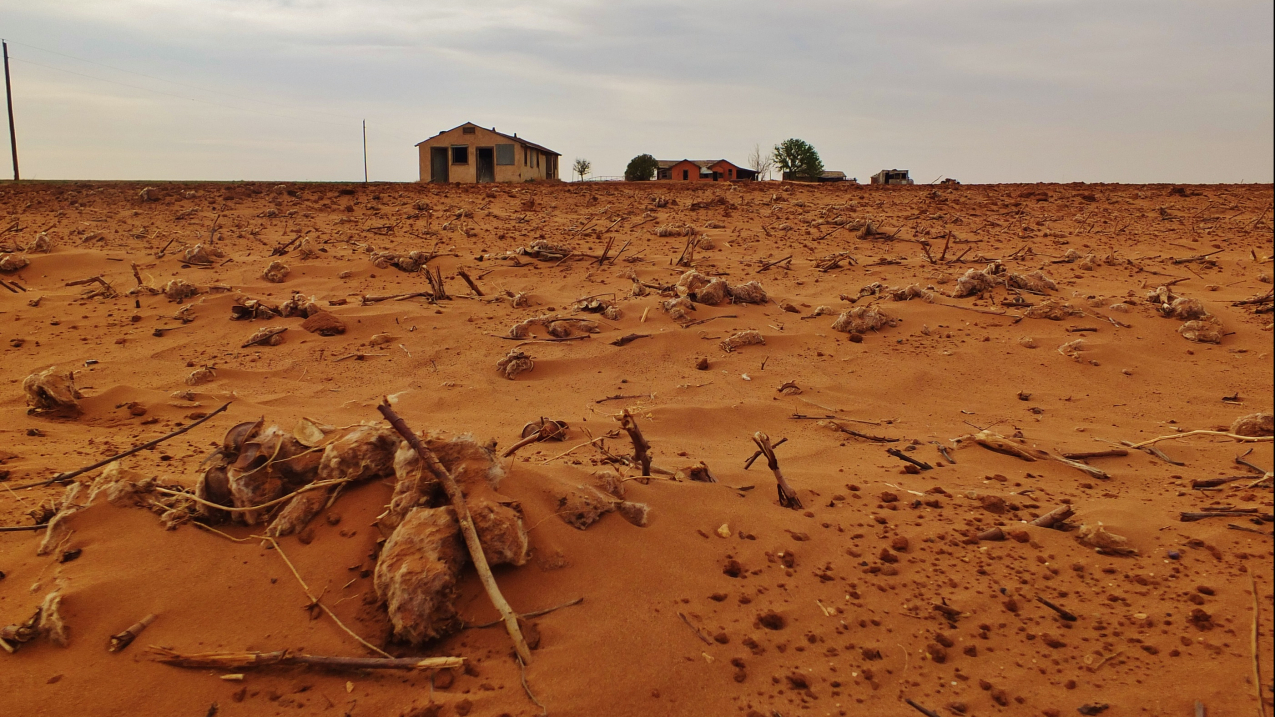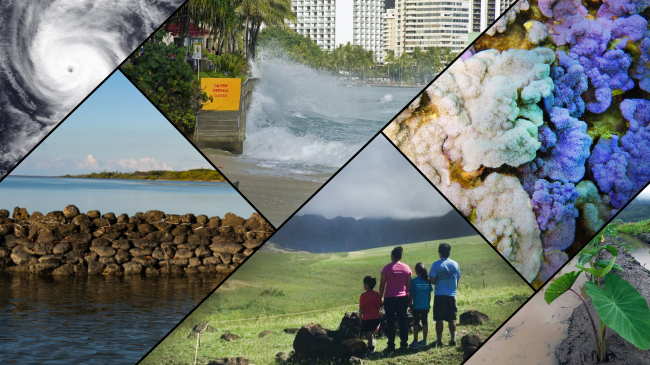NOAA offers expertise on forecasting and monitoring drought conditions

EDDI, a tool developed by NOAA, helps farmers, ranchers and water managers recognize and prepare for oncoming drought. Learn more at https://psl.noaa.gov/eddi. (Image credit: NOAA)
Drought conditions across the United States can impact energy, agriculture, transportation, water utilities, ecosystems and other sectors, and serve as a catalyst for wildfires. NOAA’s understanding of where drought is likely to develop — and where conditions are forecast to worsen — is key to the important role we play in supporting communities in drought management and mitigation efforts through decision support.
Drought monitoring and forecasting
NOAA scientists contribute to the one-stop-shop website Drought.gov for all drought forecasts, monitoring and resources, including tools to view current and future drought at the state and county level. Drought.gov is run by the National Integrated Drought Information System (NIDIS), which is a multi-agency partnership led by NOAA that coordinates drought monitoring, forecasting, planning and information at the federal, tribal, state and local levels.
The weekly U.S. Drought Monitor offsite link shows the extent and severity of ongoing drought, and maintains a record of drought statistics. As of May 31, 2022, 1.48 million square miles (or 49%) of the contiguous United States was rated in moderate to exceptional drought. NOAA issues monthly and seasonal drought outlooks that give advance notice as to where drought might develop, worsen or improve in the months ahead.
The climate-drought connection
Since NOAA began tracking billion dollar disasters in 1980, the U.S. recorded 29 droughts through December 2021 that exceeded $1 billion in losses, demonstrating how economically devastating drought can be, in addition to its ecological impacts. The number of billion-dollar drought events over the western third of the U.S. have rapidly increased over the last couple decades. Due to climate change, many of these states must manage an already semi-arid climate that is becoming increasingly more prone to drought.
NOAA’s historical climate datasets for temperature, precipitation and soil moisture underpin national and international drought monitoring, and allow scientists and decision makers to put current drought conditions into a historical perspective.
Decision makers across the country and around the world — from emergency managers to the agricultural community — use data from NOAA’s global satellites to help predict and respond to dangerous drought conditions. Satellites also provide extensive data about soil moisture and vegetation health, which can be precursors to fire risk.
According to the Intergovernmental Panel on Climate Change’s 2021 report on the physical science basis of climate change (supported by NOAA science), human-caused climate change has likely increased the chance of compound extreme events since the 1950s, which are multiple extreme events occurring simultaneously or successively and/or underlying conditions that amplify extreme event(s) — often leaving little time for systems to recover. One such example is the increasing frequency of concurrent heatwaves and drought on the global scale.
IPCC scientists have high confidence that a warmer climate will intensify very dry weather, but the location and frequency of drought events depends on projected changes in regional atmospheric circulation, including tropical storms and large low pressure storms in the mid-latitudes.
NOAA’s Climate Resilience Toolkit provides communities with resources to build resilience to climate-related impacts, including drought.
Drought research
NOAA’s early warning tools for drought can help predict conditions that lead to a sustained loss of moisture from soil and vegetation into the atmosphere, and provide early warning of rapid-onset “flash droughts.” Scientists are also exploring how drought can contribute to and sometimes amplify other types of events, such as heat waves that depress crop yields. Drought can also create the conditions that lead to wildfires, increasing the risk of ignitions, mudslides and debris flows that threaten lives and damage infrastructure.
Drought impacts on fisheries and habitats
Droughts pose significant danger to protected marine life, including iconic West Coast species like salmon and steelhead, and habitats managed by NOAA. Drought and low flows cause water temperatures in river systems to rise, increasing disease risk for fish and reducing survival for eggs, youth and adult fish. NOAA also supports research to understand and help prepare for drought in order to sustain invaluable marine resources for generations to come.
NOAA recognizes the urgency of the ecological and economic threats that droughts can impose, and works with federal, tribal, state and local governments, farmers and communities to navigate the challenges posed by drought.
Media contact
National Weather Service Public Affairs at nws.pa@noaa.gov, (301) 427-9000



